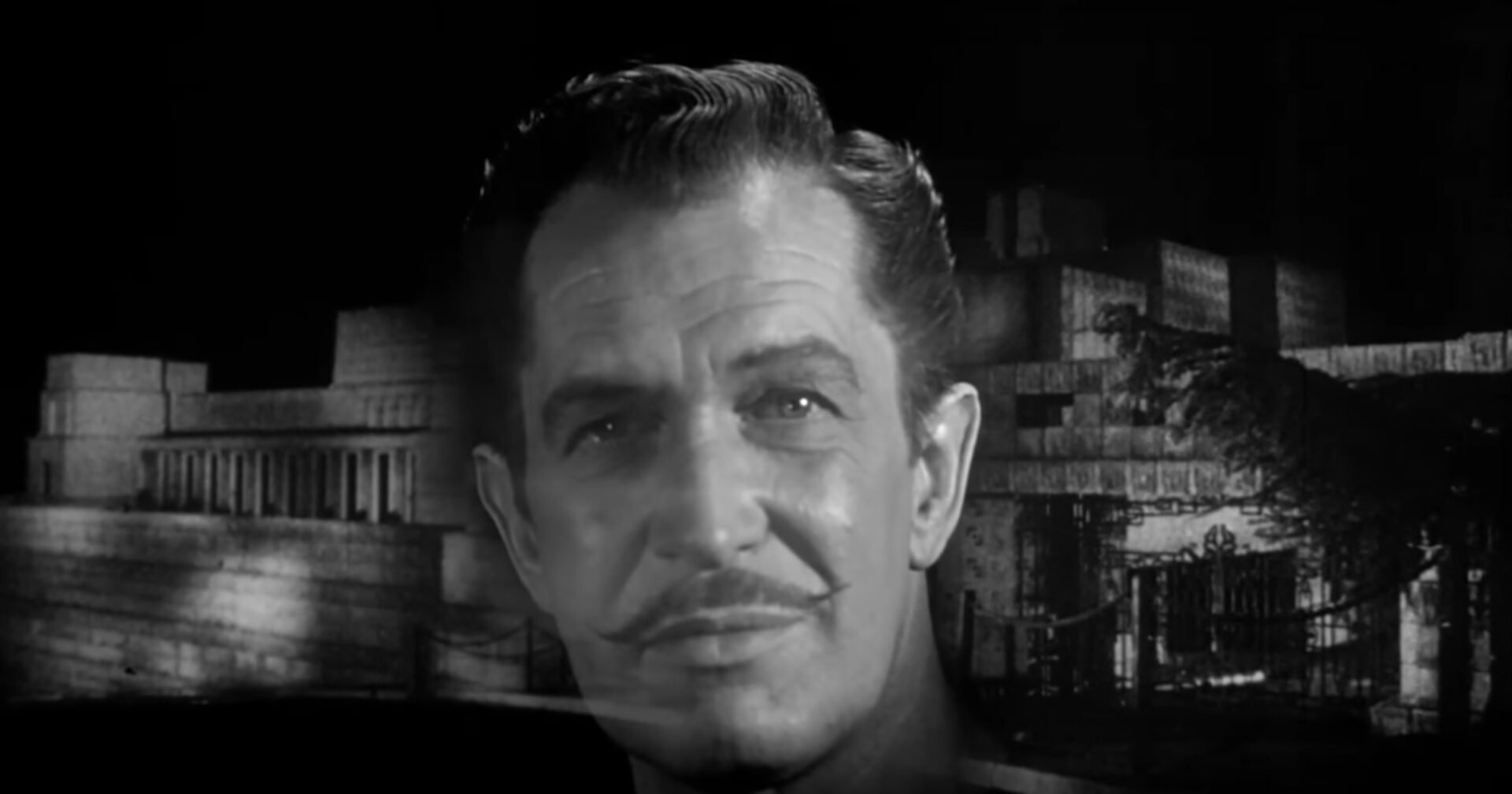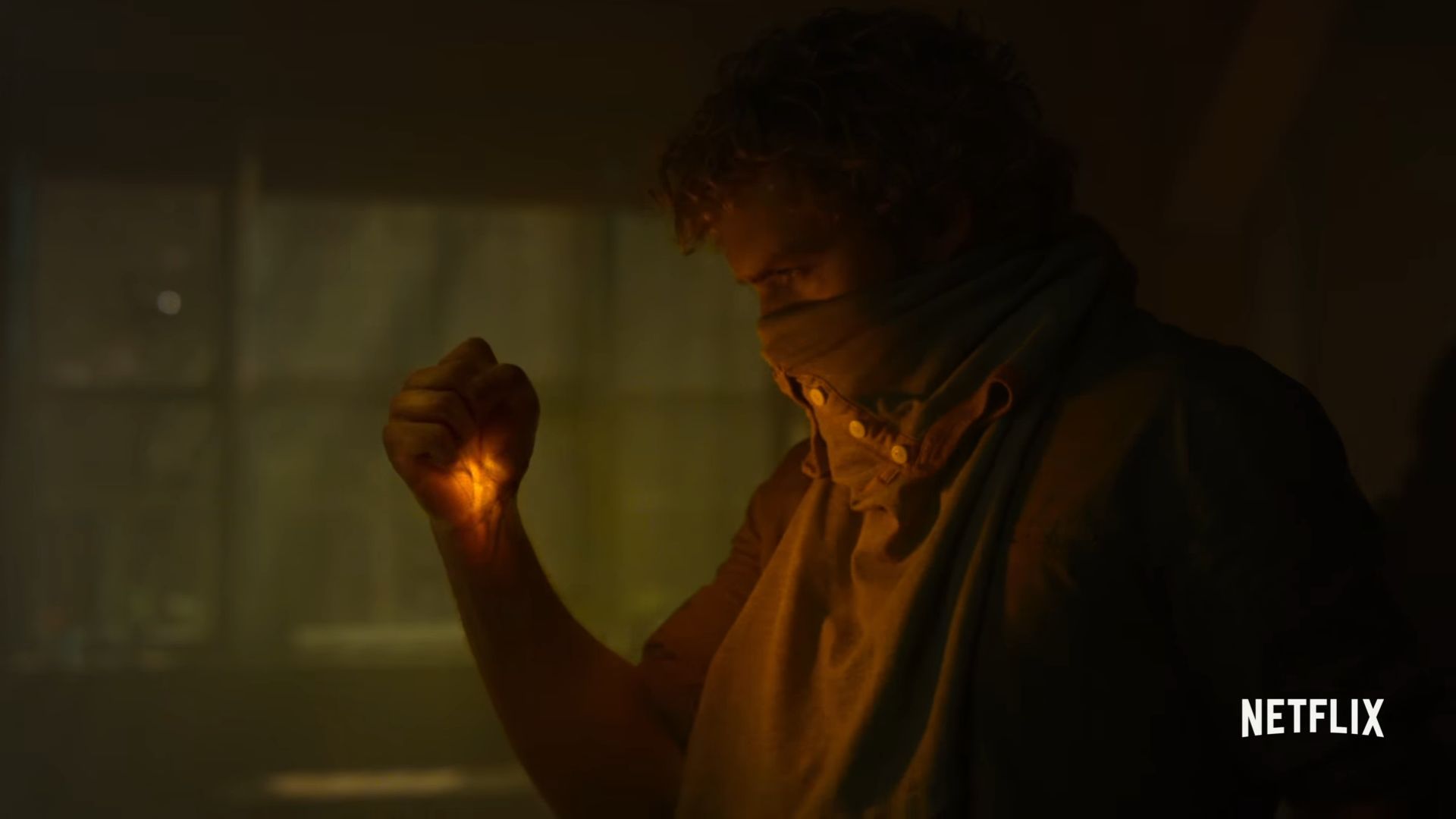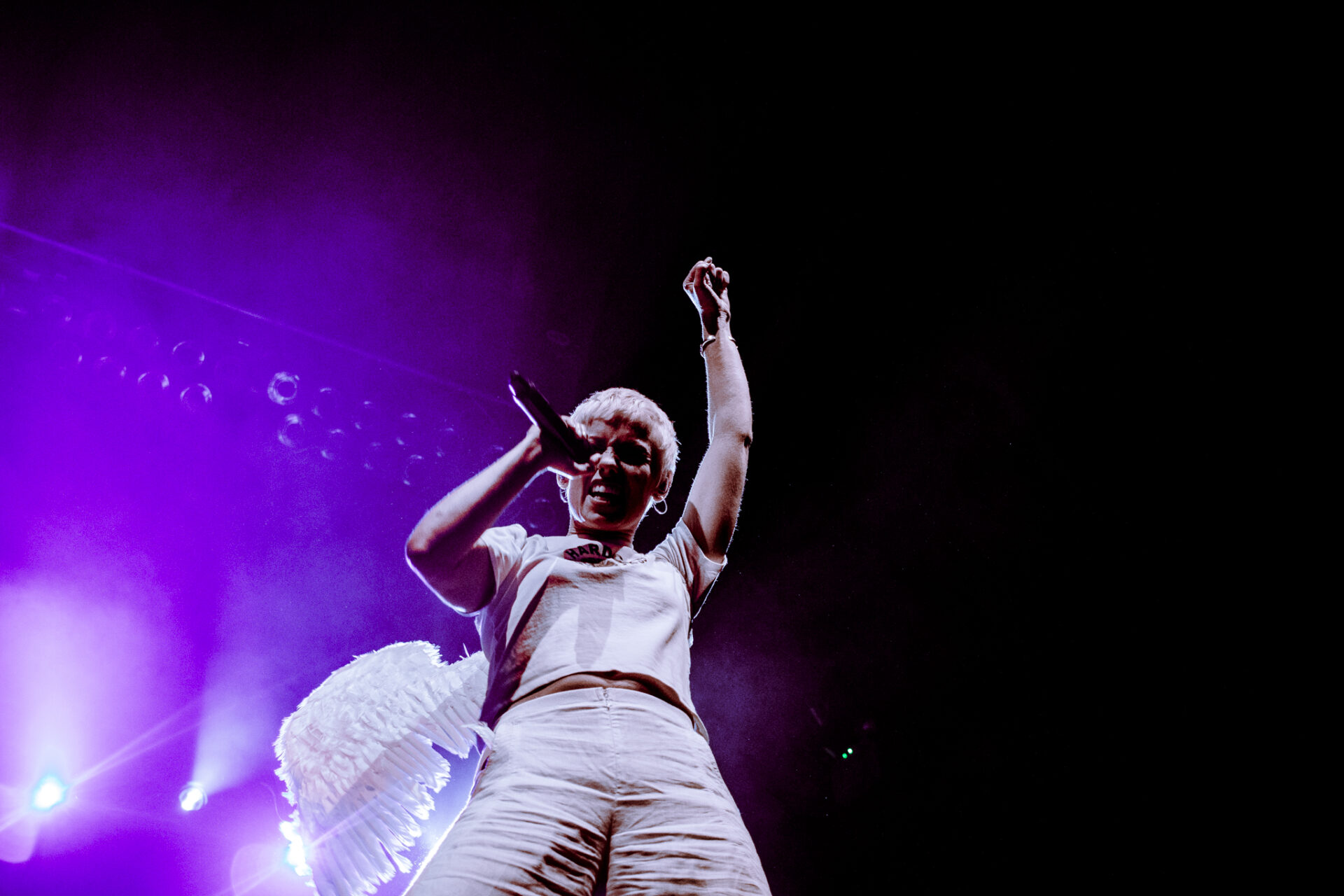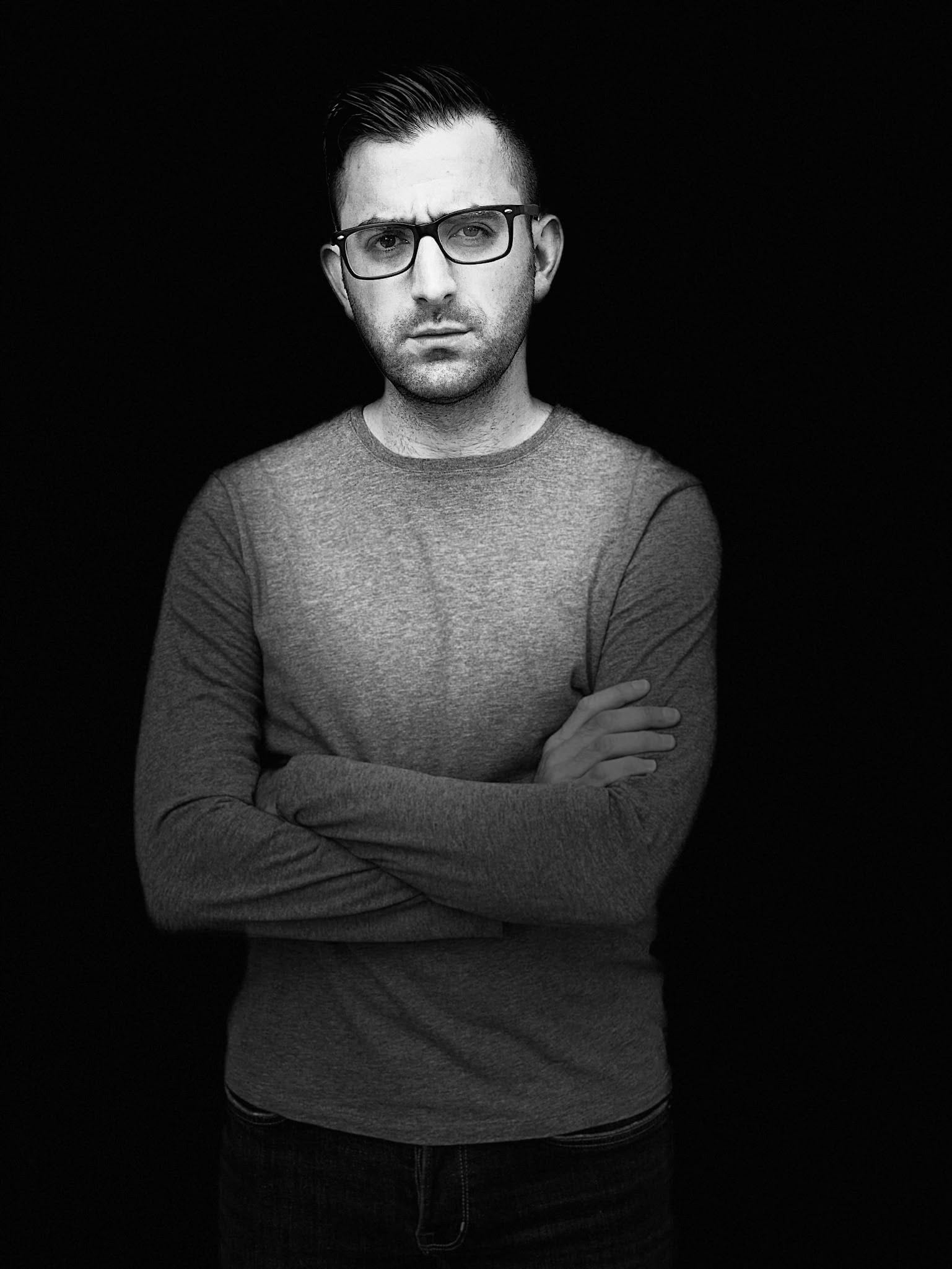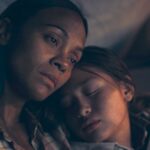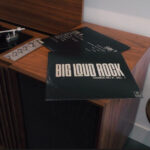Welcome, dear readers, to Substream’s 31 Days of Halloween. While every holiday captures the hearts and minds of the Substream staff, Halloween holds an especially important place in our hearts. Now that we’ve entered the month of October, it’s time for us to share our love for this holiday with you.
Every single day in October, our collection of spooky staff writers and ghoulish guest contributors will walk you through a horror or Halloween-themed movie they adore. The goal is to both celebrate the titans and icons of the season while also introducing you to new films and scares to fill your autumn nights. Lock your doors, check under your bed, and settle in as you join Substream for our 31 Days of Halloween.
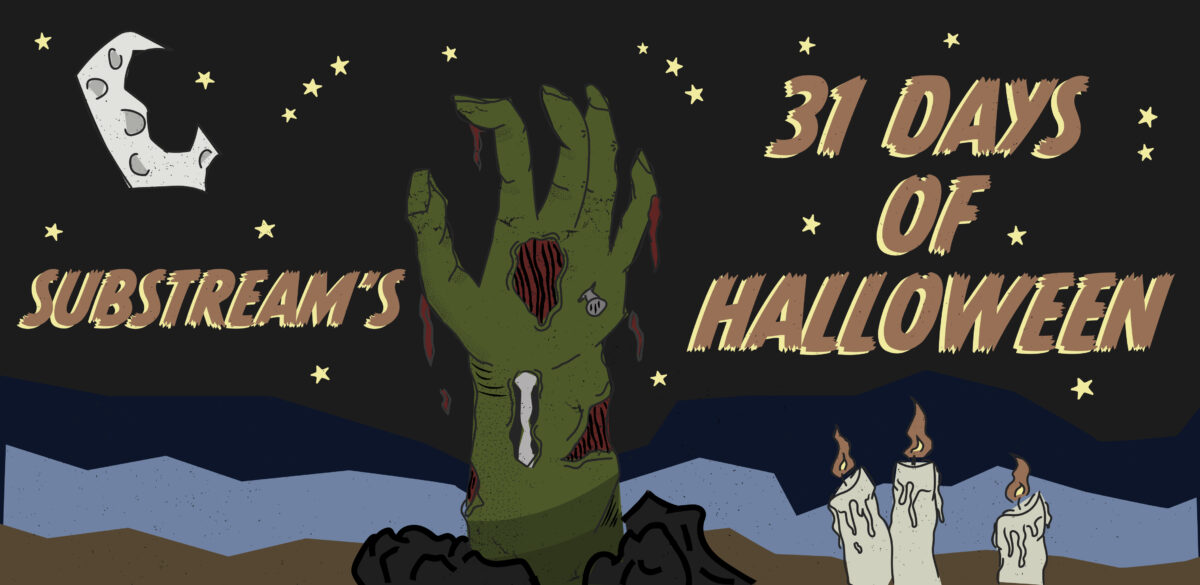
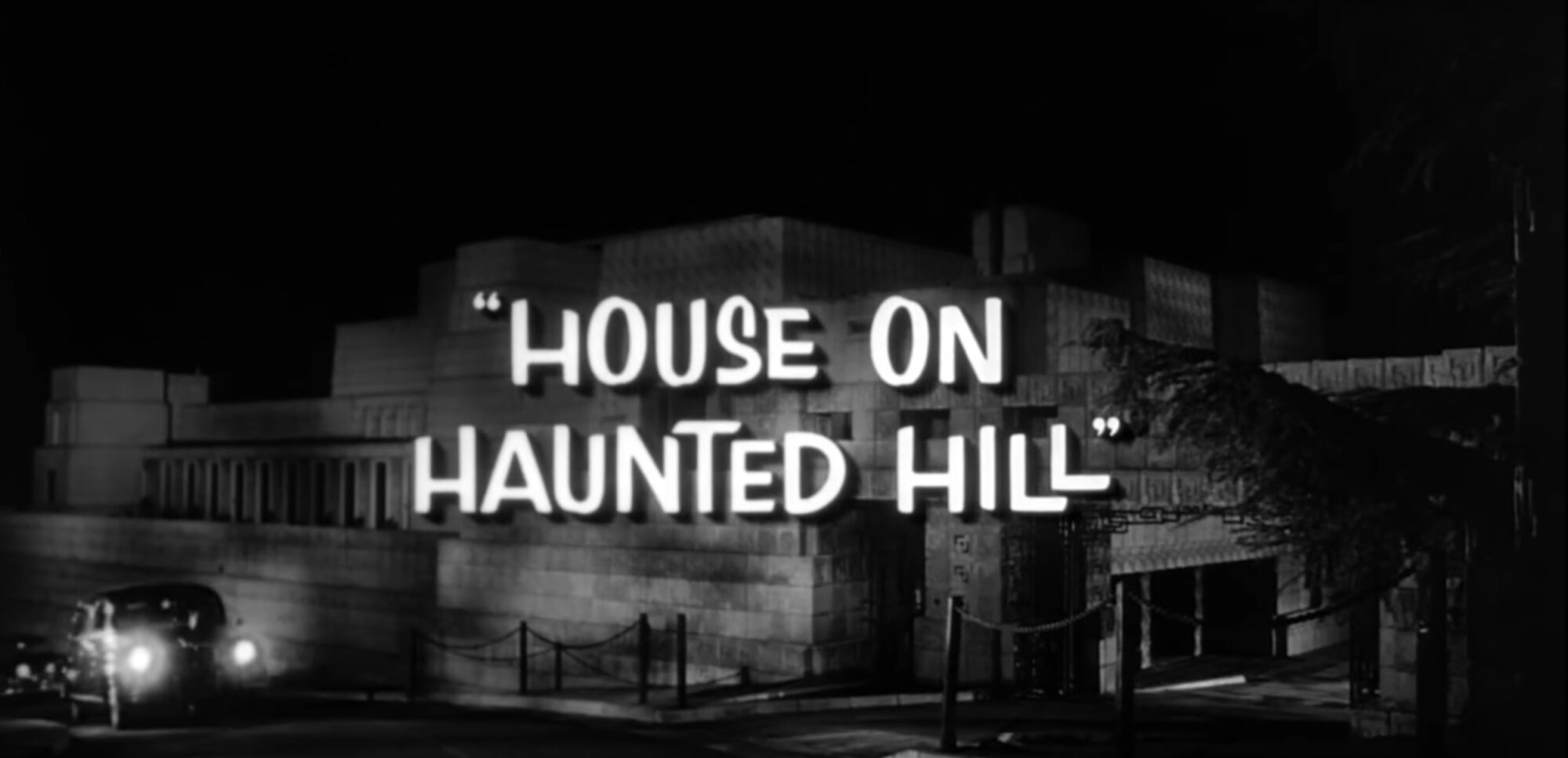
Day 30: House on Haunted Hill (1959)
If you were to sit down and have a discussion about the history of horror, there are a few names that would unavoidably come up in the conversation. Bela Lugosi, Jamie Lee Curtis, John Carpenter, and most recently Jordan Peele are just a few that will come up. The visions, performances, and insights behind those names embody the best of the genre and have shaped the trajectory of its growth. There is one name that looms large–perhaps larger than all–in this discussion: Vincent Price. Throughout the decades Price appeared in scores of horror films, if not as the star than as a mesmerizing highlight. We could have devoted this entire month to him and still had things leftover to talk about next year. To celebrate his contribution to the genre, I want to talk about one of his films that is both a horror classic and a personal favorite: 1959’s House on Haunted Hill.
House on Haunted Hill combines horror with elements of mystery thrillers in its premise. Price plays Frederick Lauren, an extravagantly wealthy man. He and his wife Annabelle (fellow horror icon Carol Ohmet) rent one night at a “haunted” house (located on a hill, if you could believe it) owned by Watson Pritchard (Elisha Cook), a superstitious man who believes the house is home to many vengeful spirits. The purpose of the rental is to host a party for strangers Lance Schroeder (Richard Long), Nora Manning (Carolyn Craig), David Trent (Alan Marshal), and Ruth Bridgers (Julie Mitchum), who are all in desperate need of money. Frederick’s idea is to offer each person $10,000 to be locked in the house overnight. Of course, things aren’t just as they seem. Frederick’s previous wives have all disappeared or died under mysterious circumstances, and Annabelle isn’t enamored with him, either. Meanwhile, happenings in the house point to the fact that Pritchard might just be right about the spirits in the house.
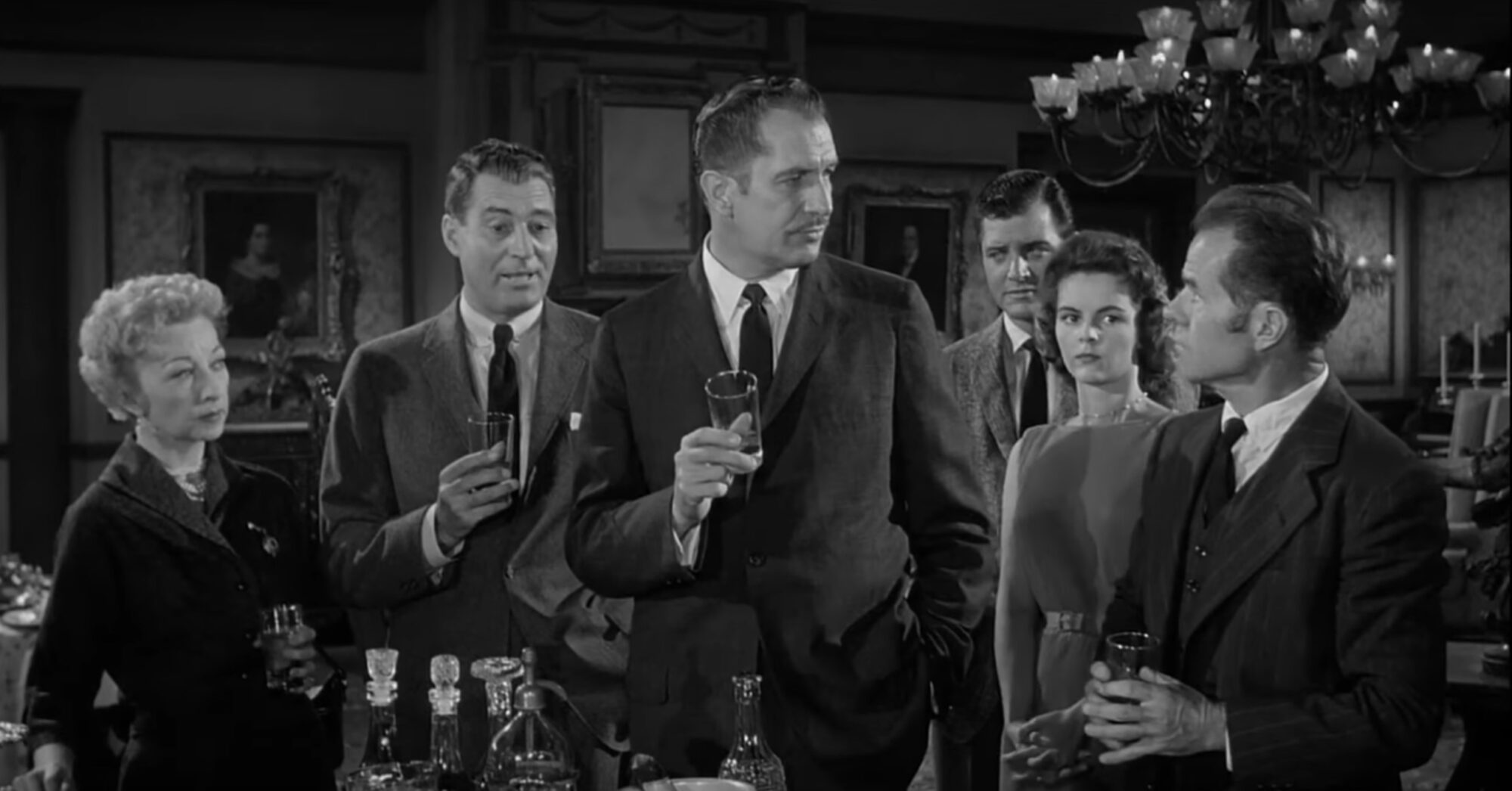
The film does a fantastic job of weaving these various layers of intrigue together into a cohesive whole. While the true motivations and roles of all the guests are obscured until near the end, the plot moves smoothly and is never confusing to follow. For a movie with a number of double-crosses, reveals, and intrigues, this is impressive. Even if there were no scares at all, House on Haunted Hill would be fascinating to watch for its mystery.
There are scares though, and many of them hold up quite well. The technology of 1959 is obviously no match for what we have now, but House on Haunted Hill is another lesson in practical effects standing the test of time. From a bubbling pit of acid in the wine cellar to blood leaking from the ceiling to mark the house’s next victim, many of the scares are still convincingly spooky. There’s a jump scare or two to get you on the edge of your seat, and even the effects that do show their age (one presence is very clearly getting rolled around on a cart) have a campy charm to them.
All of the performances are great. Craig gives Nora a determination and innocence that cements her as a fitting leading lady, Long is a great leading man, and Cook as Pritchard gives life to the paranoia and fear the house causes. Still, I started this article with a glowing buildup of Vincent Price, and it’s he and Carol Ohmart who drive the movie with their performances. Price is as brilliant and captivating as always, giving Frederick all of the charm and dapper charisma he can muster while entertaining his guests. Then, at the drop of a hat, he switches to the scheming and nefarious coolness that makes a villain work, and switches back and forth between the two with ease. Ohmart also displays the cool calculation of a woman who knows exactly what she wants and isn’t afraid to ask for, alongside the wit and confidence to make it happen. “You want it all, don’t you?” Frederick asks her of his fortune at one point. The smile with which she delivers her saccharine sweet reply of “I deserve it all” is priceless. House on Haunted Hill is Price and Ohmart at the top of their abilities, and it shows.
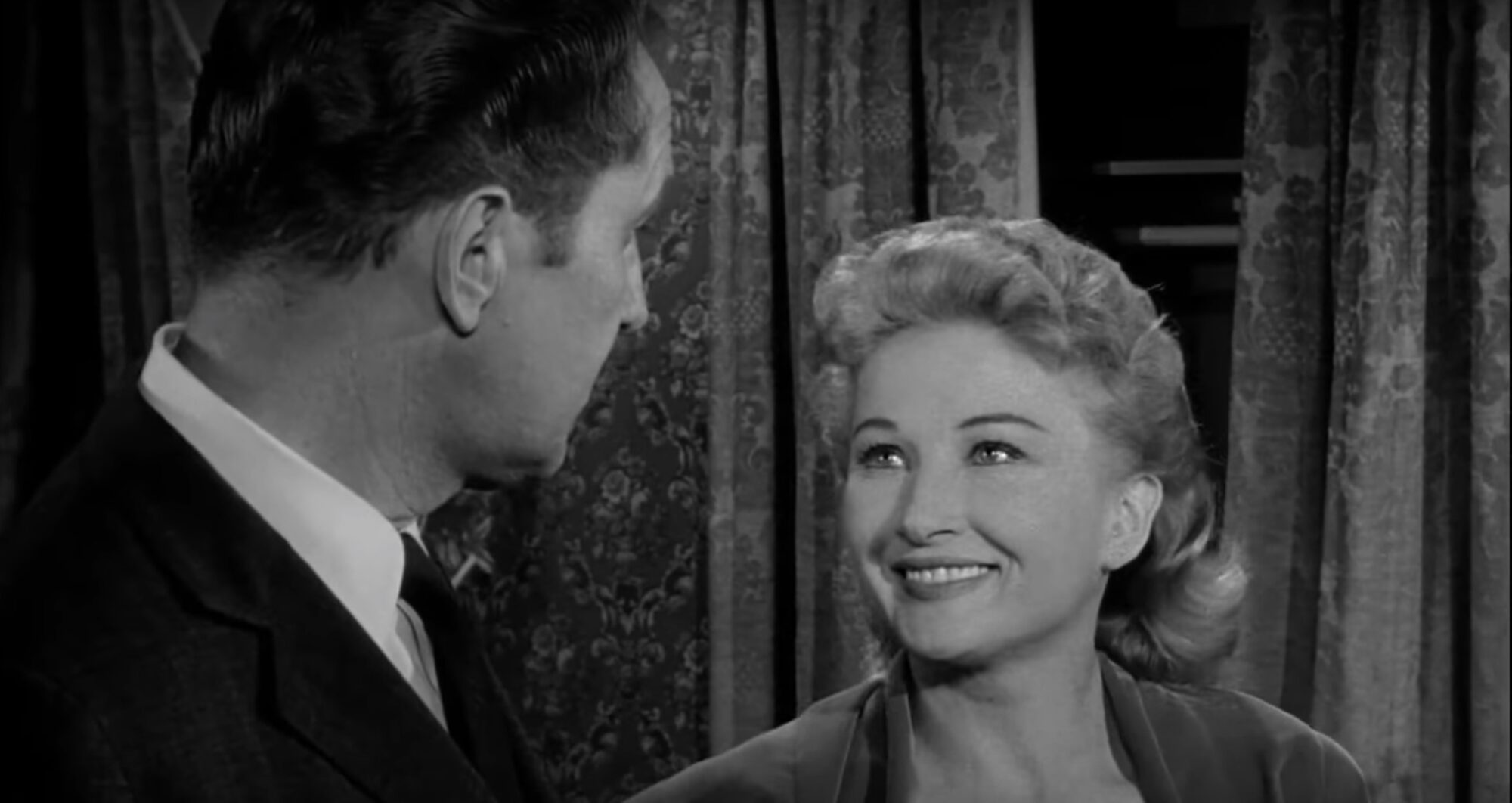
There are a few gripes to be had with the film. It’s treatment of its female characters (a problem that has morphed and lingered in horror all the way into present day) is less than ideal, with a lot of dismissive talk of them suffering from “hysteria” when they raise concerns. The ending comes quite abruptly and leaves a few of the mysteries of the house unanswered, which could be seen as a boon or a hinderance depending on your viewpoint. While these concerns are valid and should be discussed and acknowledged even today, House on Haunted Hill is still worth a watch.
There are only a few people who can undisputedly lay claim to the title of “horror icon,” and Vincent Price is one of them. His presence in House on Haunted Hill not only elevates this single film, but shows what made him such a lasting and important part of horror as a genre. To make it even better, House on Haunted Hill currently resides in the public domain, so you can easily watch it right now. I recommend you do so, if only to see a master at work.


